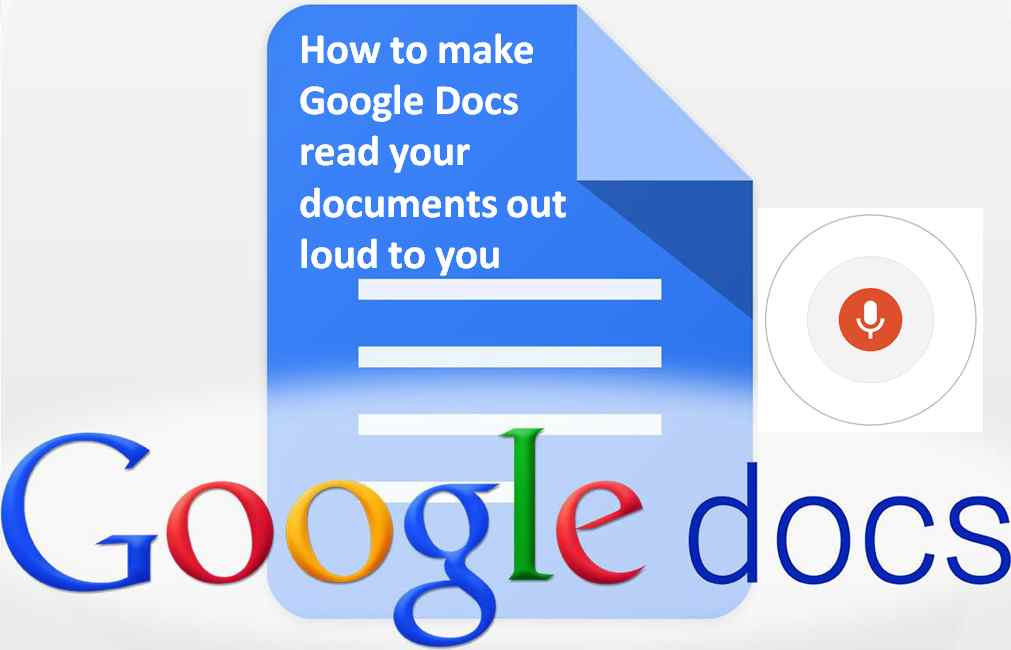
- Google docs read and write how to#
- Google docs read and write update#
- Google docs read and write full#
Google docs read and write how to#
Learn how to create accessible tables, charts, and graphs.

Google docs read and write full#
Instead, use the full for example, will get the user to the correct location.

For example, linking to /automotive will not send you to the correct location on the website. Add the hyperlink text in the Text field and include the full URL in the search field below it. Right-click the selected link text and select Link.Visit the accessible content page to learn how to write accessible hyperlinks. Hyperlinks are one of the most important pieces of information in a document and provide expanded information on a topic. This formats the styles for the entire document.
Google docs read and write update#

Create navigation using the table of contents.Make tables, charts, and graphs accessible.Create custom styles in a Google document.After completing this training guide, you will be able to: Later sections include more in-depth information regarding accessibility such as alternative text, accessibility testing, etc. This training guide starts with topics that most Google Docs users are familiar with. Consider and apply to make your Google document accessible. Therefore, it is imperative that these documents are accessible to all, including people using assistive technologies. You can access Google documents using any browser on any device. Google Docs are widely used because of the ease of access. For permission to use content from this presentation or link to this document, please contact Elgin Community College Web Team at Overview This Elgin Community College Accessibility in Google Docs Guide is an independent publication and is neither affiliated with, nor authorized, sponsored, or approved by Google. Planning and Institutional Effectiveness.Center for Undergraduate Research, Innovation, and Creativity (CURIC).


 0 kommentar(er)
0 kommentar(er)
